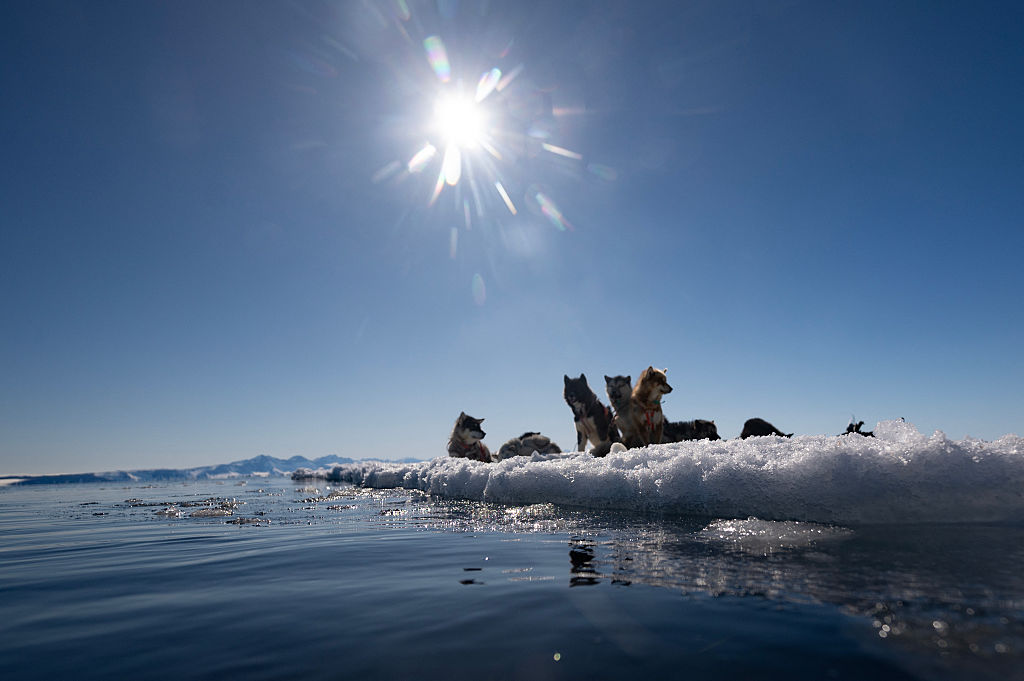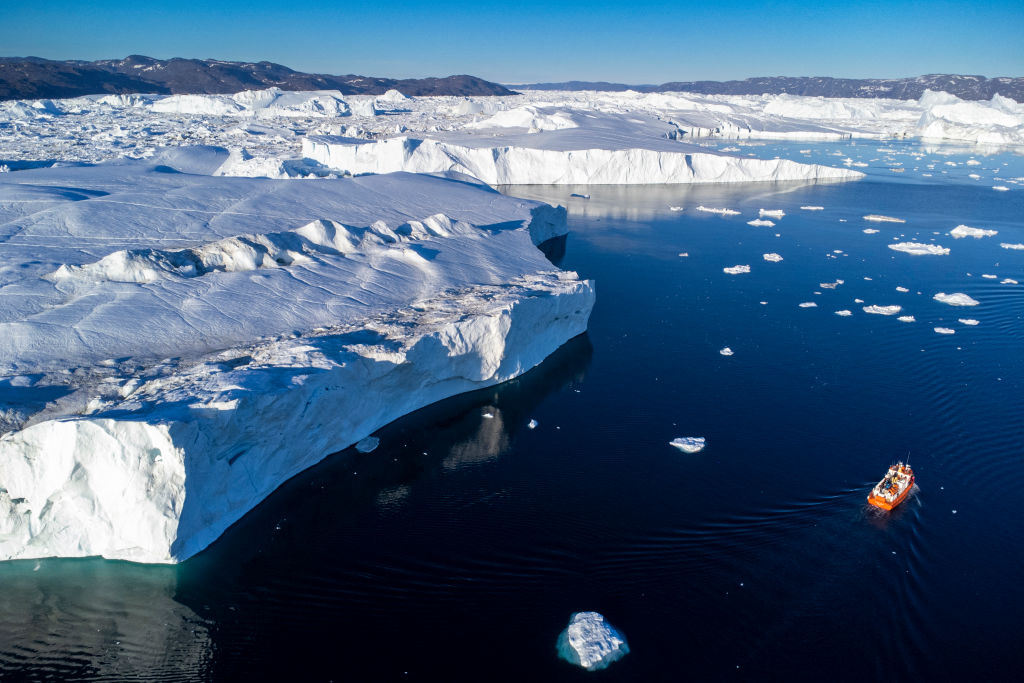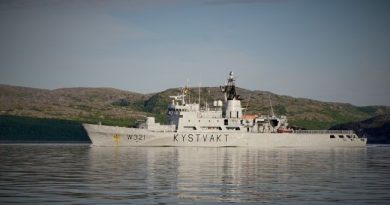Ocean currents may be driving mercury pollution in Arctic, says study

A recent study is shedding light on the ongoing accumulation of mercury pollution in the Arctic — despite the international community’s efforts to reduce emissions of this substance — and it appears ocean currents are a principal culprit.
“These findings show that ocean currents carrying large inventories of legacy [mercury] may be the dominant pathway driving present [mercury] uptake in Arctic marine and coastal areas,” the paper said.
To conduct the study, an international team of scientists tested peat, and animals such as fish, seals, and polar bears, in Greenland to measure their mercury levels and chemical signatures. By tracking the mercury isotopes the researchers were able to figure out where they came from and how they were moving through the environment.
This has long interested researchers as the UN Minamata Convention, that came into force in 2017, sought to reduce anthropogenic contributions of mercury into the atmosphere by a number of measures including banning new mercury mines and reducing or phasing out mercury in different products and activities.
“In recent decades, atmospheric [mercury] deposition has generally decreased across the Arctic due to global reduction of anthropogenic [mercury] emissions, whereas predominantly increasing [mercury] trends occur for many biological matrices in the Arctic, including marine and freshwater fish and marine mammals.
“This mismatch leaves important knowledge gaps regarding [mercury] sources and pathways to and within the Arctic.”

But what the scientists observed in their study was that it appears ocean currents are carrying what the scientists call “legacy mercury,” a term that refers to the substance that’s left over in the environment even after the original source is eliminated, into the Arctic regions.
“These findings show that ocean currents carrying large inventories of legacy [mercury] may be the dominant pathway driving present [mercury] uptake in Arctic marine and coastal areas,” the paper said.
“This explains the discrepancy between decreasing atmospheric [mercury] deposition in the Arctic in recent decades due to reduced global anthropogenic emissions, and the lack of response or increases in [mercury] -loads in many Arctic species, with implications for effectiveness evaluation of the Minamata Convention.”
Regional differences
The study also found there were regional differences in mercury levels depending on which region of Greenland they were looking at.
Western Greenland, affected by the Atlantic Ocean, had lower total mercury levels but higher amounts of a specific mercury isotope, compared to eastern and northern Greenland, where Arctic Ocean currents are the main influence.
The researchers said it will be important to do future studies in places like Alaska, Arctic Canada and Svalbard, to better understand the full global picture of mercury transfer north.
“The influence of the ocean transport of legacy [mercury] should also be investigated in other global regions to help evaluate the effects of [mercury] regulations under the Minamata Convention and to fulfil UN’s Sustainable Development Goals.”
Related stories from around the North:
Canada: Study warns thawing permafrost could release substantial mercury in Yukon River, CBC News
Greenland: Greenland accedes to UN treaty against mercury pollution



